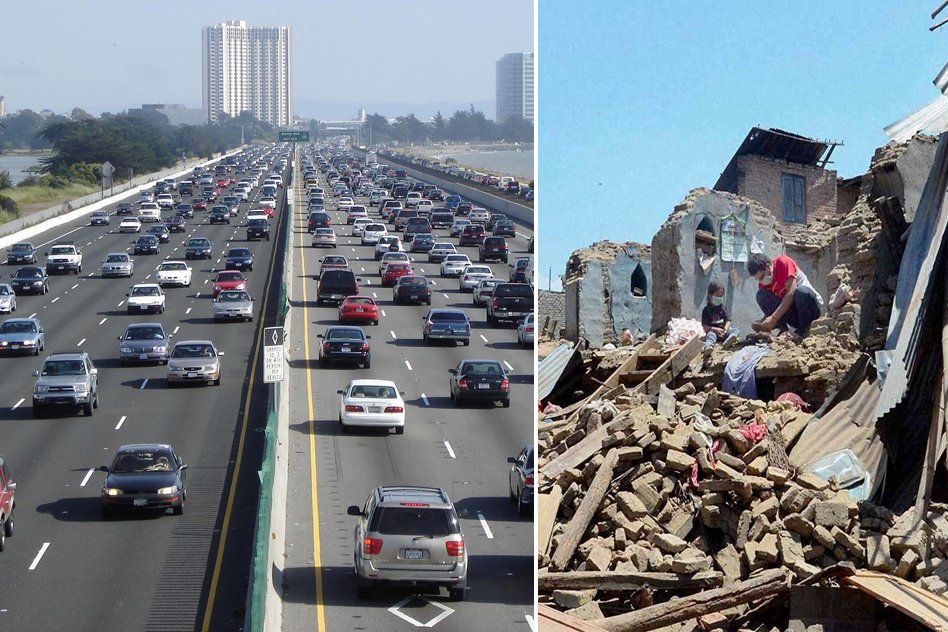
Lessons From New Zealand: How To Survive A 7.1 Magnitude Earthquakes With Zero Casualties
3 Sep 2016 9:26 AM GMT
New Zealand woke up on 1st September to a 7.1 richter scale earthquake that shook its North Island. The US Geological Society detected the tremors off its coast, at an approximate depth of 30 kilometres . The epicentre was 167 kilometres from the city of Gisborne, which has a population of 45,000.
New Zealand survived this high magnitude earthquake with zero casualties. The primary reason for this being their systematic ‘disaster management plan’.
As this country is situated on the boundary of the Australian and Pacific tectonic plate, that forms a part of the popularly sobriquet “Ring of Fire”, it experiences an estimated 15,000 tremors annually.
If you feel shaking too strong to stand up, or over 1 min in duration, move to higher ground immediately #eqnz pic.twitter.com/elaIVQfSex
— MCDEM (@NZcivildefence) September 1, 2016
The Civil Defence authority engages the citizens in regular drills, to make them prepared for such occasions. A local council politician, Pat Seymour from the Gisborne city, was quoted saying that , “the earthquake was quite vigorous, however the implementation of quick techniques saved the people”.
The township of ‘Te Araroa’, with its entire population of 600, evacuated their houses for higher grounds, away from the tides of the triggered, minor tsunami. Most of these residents reacted quickly to the warning sirens alerting them about the earthquake.
There is a tsunami threat is to areas marked in green on the map. No threat to other parts of NZ. #EQNZ pic.twitter.com/TljGLBJXvu
— MCDEM (@NZcivildefence) September 1, 2016
The biggest lesson for other countries from this incident, is the need to advocate and proactively create disaster-preparedness among all their citizens. History has evidenced the wide-scale ramifications of unplanned urbanisation and lack of disaster aversion and management systems.
 All section
All section













